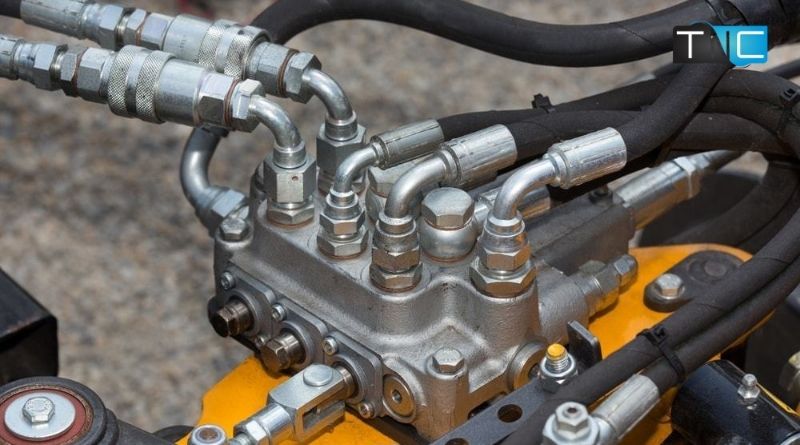A proportional valve provides a change in pressure or outlet flow in the same proportion as the change in inlet. For example, if the inlet is doubled, the outlet is also doubled. Proportional valves can be connected to the output of one valve used as the input of another. The proportional flow control valve can control cylinders or hydraulic motors in applications where precise speed control such as acceleration and deceleration is required. Proportional flow control valve is pressure compensated so they can reduce flow fluctuations caused by changes in inlet and outlet pressure.
HOW CAN HYDRAULIC VALVES CONTROL?
A hydraulic valve is an electronic tool used to regulate the movement of liquids or gasses. Hydraulic valves regulate flow by opening and closing the system. These proportional flow control valve are often constructed of durable materials (steel or iron) to withstand heavy fluid pressures in excess of 3000 psi. We have several techniques to operate a hydraulic pump. They can be controlled manually, with a joystick, knob or cam, powered by a solenoid, or controlled by the pilot. Continuous On-Off Valves On/off proportional flow control valve water are the two classifications of service.
HOW TO TEST A HYDRAULIC PROPORTIONAL VALVE?
Proportional flow control valve is used to control and adjust the flow of liquid or gas through the system. These valves can maximize the efficiency of the hydraulic system. proportional flow control valve pneumatic are used to monitor and control system pressure fluctuations. Prevents data flow to unsupported network components.
Examples of flow control proportional gas flow control valve include the throttle valve, speed control valve, manifold-mounted flow valve, and so on. The flow divider is another form of flow control valve. This valve takes fluid from one source and directs it to two or more sources.
HOW TO CONTROL A PROPORTIONAL VALVE?
Proportional valve technology specialists recommend PWM (pulse width modulation) control. PWM offers a control technology that introduces less heat into the work coil and therefore improves the performance of the proportional valve.
Depending on the valve manufacturer, proportional valves work with 12 VDC or 24 VDC. The industrial market usually uses 24 VDC, while the mobile market uses 12 VDC and 24 VDC to power the coils of the circuits’ proportional valves depending on the equipment power supply.
WHAT IS THE DIFFERENCE BETWEEN POSITIONAL AND PROPORTIONAL VALVE?
When we were done, only one discriminator was used to separate the two devices: the amount of coil overlap. This prompted us to formulate the following definitions of servo valves and proportional valves:
Servovalve – Any electrically modulated, continuously variable directional proportional flow control valve with less than 3% central overlap.
Proportional Valve – Any electrically modulated, continuously variable directional fluid control valve with greater than 3% center overlap.
These definitions were included in the glossary of terms published at the end of the research project. Please note that we have attempted to align usage of common industry terms. Since then I have personally introduced them to all my classes and to every NFPA and ISO meeting where the topic is raised. To my surprise, the opposition has remained silent. From time to time someone will ask, “Well, what if the overlap is exactly 3%?” My answer is: “Choice!”

